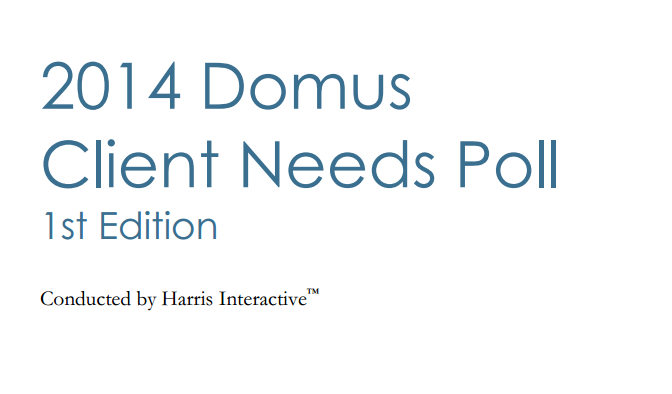Google Search Engine Changes
August 10, 2009Give Your Clients What They Need
August 12, 2009Judge Leonard Davis of the U.S. District Court for Eastern Texas just ruled today that Microsoft violated a patent held by i4i of Canada, and such must stop selling Microsoft Word in the U.S. within 60 days. The dispute centers around Microsoft Word 2007’s .docx file format. I just finished reading the abstract for i4i’s U.S. Patent 5,787,449 and delved a little deeper into the .docx file format, and are a few of my thoughts.
- First, it’s ironic that Microsoft started developing the .docx format because of governmental pressure – both in the US and especially in Europe. Microsoft had been under attack for having a proprietary and closed format, and as such came up with the .docx format to satisfy its attackers. The format is both open (with published specs) and non-proprietary (submitted to standards bodies as an available format for others). One area of governmental legal systems first forced the development of a new format, and now another area is trying to kill it.
- Patents in the software world are becoming so general and vague that they can potentially cover such broad areas, which in turn can dramatically stifle competitive innovation. This is a perfect example. In summary, this patent (filed in 1994 and granted in 1998) details an idea whereby instead of storing documents as one large file that combine both content (e.g., text) and formatting intermixed, they instead separate the content from the formatting markup into separate files, allowing content to be changed independently of style. However, the exact structure of the separation is not detailed in the patent, just the concept of separation. So, theoretically, nobody can come up with any future file format that splits the two, regardless of the technology to combine or display them. This is an example of a patent that should never have been granted because it is too broad. In the physical world, here’s an analogy. Let’s make believe that once upon a time all shoes were constructed as single solid pieces that you squeezed on your foot. Then someone came up with an idea (and patented it), saying that a new approach would be to separate the fitting of the shoe from the shoe itself – but they didn’t explicitly invent shoelaces/eyelets or Velcro, metal clasps, etc. So, no future shoe manufacturer could now make shoe designs with clasps, laces, Velcro fasteners, or anything else without violating this patent.
- The reason Microsoft’s .docx format theoretically violates this patent is that although the .docx format looks like it is a single file (that incorporates both content and style), it actually does separate the two. The .docx format is basically a .zip (compressed) file. (See for yourself – change the extension of a Word document from .docx to .zip and then open it.) Within the zip structure are a number of XML files, where content and style are separated. However, because they are incorporated into a single .docx file, in practicality nobody works with the formatting and content components separately. Therefore, in the real world, even if there were some merit to the i4i patent, it really doesn’t apply to .docx files.
- Moreover, this has much broader implications than Microsoft. By far the most common technology today that uses the concept of separating content from format is CSS (Cascading Style Sheets). This forms the basis of virtually every single web page around the world being created today. (The whole idea of CSS is to separate style information from HTML files, leaving the HTML files with principally content. All of the style information can then be maintained in CSS files, allowing web designers to change the entire look-and-feel of a site by just changing its “theme”.) Moreover, virtually every software maker who makes web design tools, including Adobe, Microsoft, Oracle, IBM, and countless others, uses CSS. The CSS specification is managed by the World Wide Web Consortium, an international organization. Are they now the next target for a lawsuit? If so, does that put a halt on everybody’s web development? If not, how can they not be targeted when CSS technology much more closely fits the pattern of the patent than the .docx file format?
- Ironically, a few days ago Microsoft secured its own patent covering its XML-based format of its Office 2007 suite (including Word), Office Open XML (OOXML). Although patented, Microsoft has also offered the format to world as a free standard. (It is now accepted as an ISO and an ECMA standard.)
It’s troubling when developers and marketers can’t effectively develop and market because of situations like this. Let’s just hope that a higher court rectifies this problem.
Domus is a full service advertising agency based in Philadelphia, with areas of expertise in multiple digital and interactive arenas. As both users and developers of technology, we follow closely situations such as this – as should most businesses. For more information on Domus, please visit our web site.



